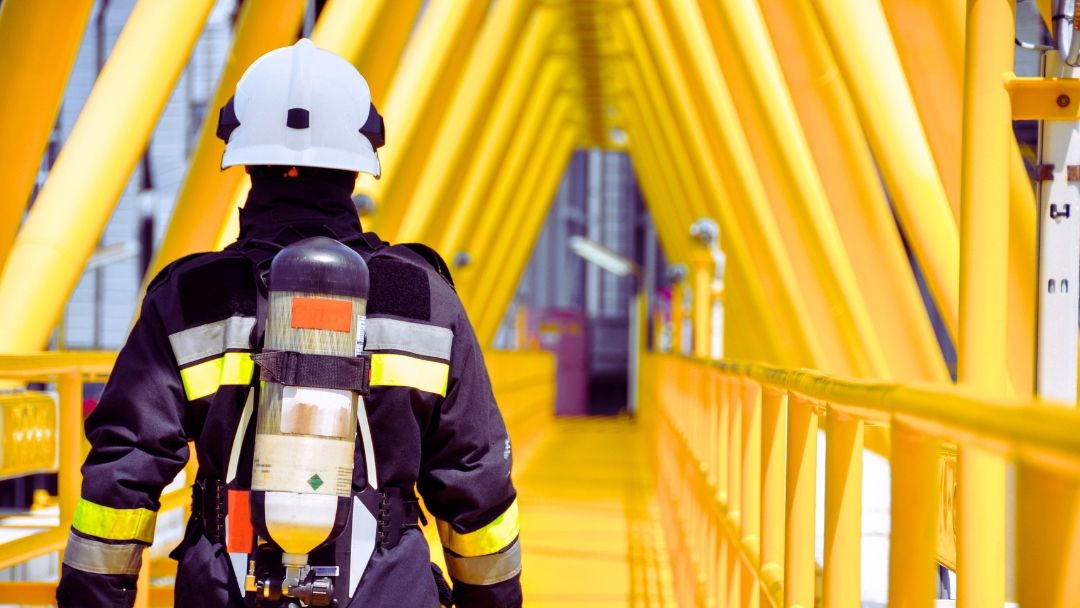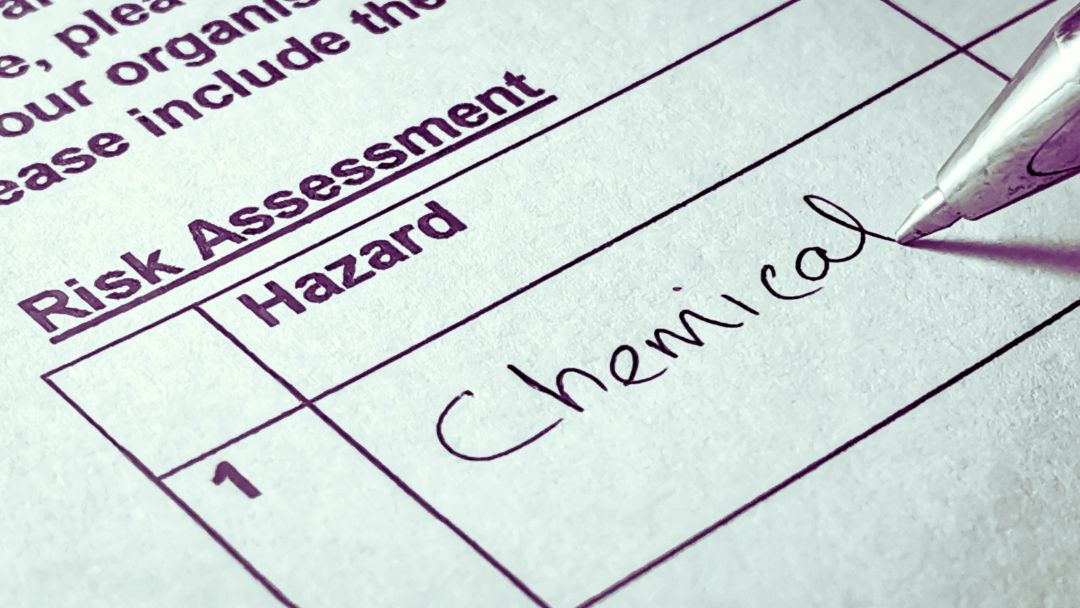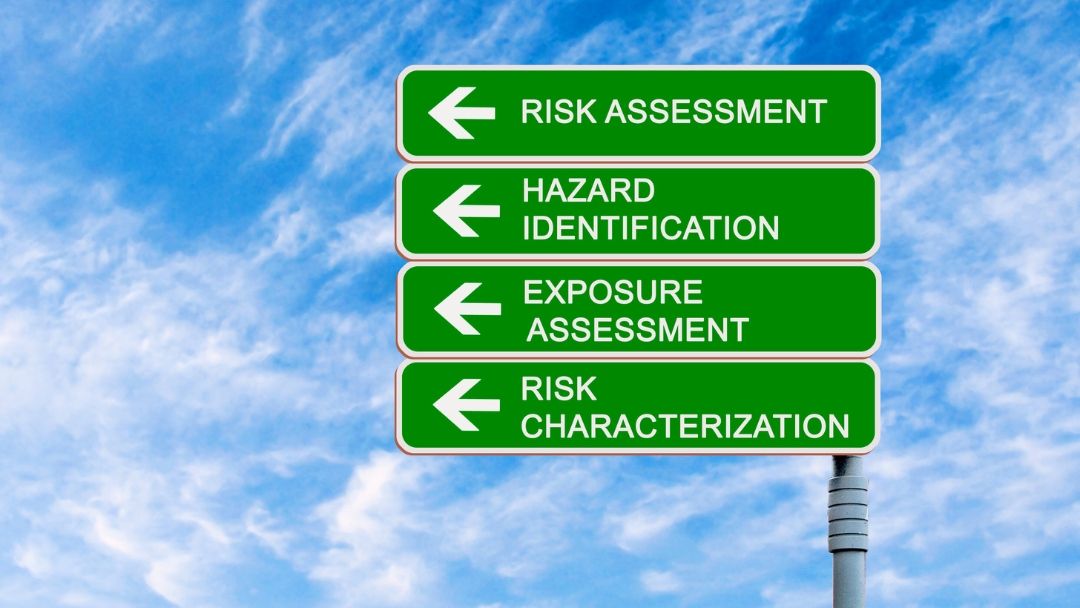Introduction
Workplace safety is of paramount importance in Alberta, as it is across the globe. Ensuring the well-being of employees is not only a legal obligation but also a moral one. Alberta has a comprehensive framework in place to govern workplace safety, and understanding its nuances is vital for both employers and workers.
In this blog, we will delve into the various aspects of workplace safety in Alberta, from the regulations that govern it to common hazards, safety training, best practices, and the rights and responsibilities of workers. By the end of this read, you'll have a comprehensive understanding of how Alberta ensures safe and healthy workplaces.
In this blog, we will delve into the various aspects of workplace safety in Alberta, from the regulations that govern it to common hazards, safety training, best practices, and the rights and responsibilities of workers. By the end of this read, you'll have a comprehensive understanding of how Alberta ensures safe and healthy workplaces.
Alberta's Occupational Health and Safety Regulations
Alberta, a province known for its robust economy and diverse industries, places a high priority on the safety and well-being of its workforce. Central to this commitment are Alberta's Occupational Health and Safety (OHS) Regulations. These regulations provide the framework for creating safe and healthy workplaces across the province. Enforced by Alberta Labour, the OHS Regulations lay out the specific requirements and standards that employers, employees, and contractors must adhere to in various industries, from construction to healthcare.
These regulations cover a wide range of workplace safety aspects, including hazard assessments, safety training, emergency response plans, and the proper use of personal protective equipment (PPE). They are designed to minimize the risks associated with different work environments and activities, ensuring that Alberta's workers can perform their jobs safely and without undue harm.
These regulations cover a wide range of workplace safety aspects, including hazard assessments, safety training, emergency response plans, and the proper use of personal protective equipment (PPE). They are designed to minimize the risks associated with different work environments and activities, ensuring that Alberta's workers can perform their jobs safely and without undue harm.

Compliance with Alberta's OHS Regulations is not only a legal requirement but also a moral obligation to protect the well-being of every worker. Employers are responsible for providing a safe and healthy work environment, and employees play a crucial role in following safety protocols. Together, they create a culture of workplace safety that contributes to Alberta's reputation as a great place to live and work.
In the following sections, we'll delve deeper into the key aspects of Alberta's OHS Regulations, highlighting their significance and impact on workplace safety within the province.
Common Workplace Hazards in Alberta
Alberta's diverse economic landscape means that a wide range of industries operate within the province. While this diversity is a source of strength, it also brings unique workplace hazards associated with each sector. Understanding and addressing these hazards is crucial for maintaining a safe work environment in Alberta.
One of the most common workplace hazards in Alberta is related to the natural resources sector, including oil and gas, forestry, and mining. These industries often involve heavy machinery, exposure to hazardous chemicals, and physically demanding tasks. As a result, workers in these sectors face risks such as equipment-related accidents, chemical exposure, and injuries from strenuous labor.

Construction is another industry with its set of hazards. Falls from heights, electrical hazards, and exposure to harmful substances like asbestos are some of the risks construction workers may encounter. Alberta's construction sector is vital for infrastructure development but requires strict adherence to safety protocols.
Healthcare workers, particularly those in hospitals and long-term care facilities, are exposed to unique hazards such as infections, patient lifting injuries, and workplace violence. Ensuring their safety is essential for delivering effective healthcare services.
Agriculture, a significant contributor to Alberta's economy, has its share of hazards, including machinery accidents, exposure to pesticides, and risks associated with handling livestock.
Transportation and warehousing are crucial for Alberta's logistics and supply chain, but they come with road safety hazards, especially for truck drivers and warehouse workers.

Finally, Alberta's manufacturing sector, known for its contributions to the provincial economy, involves working with heavy machinery, industrial chemicals, and assembly line operations, which pose risks to workers' safety.
In the following sections, we'll explore these common workplace hazards in Alberta in more detail, providing insights into how employers and employees can mitigate these risks to ensure a safer work environment for everyone involved.
Safety Training and Certification in Alberta
Safety training and certification play a pivotal role in ensuring workplace safety across Alberta's diverse industries. To effectively mitigate workplace hazards, employees and employers must have the knowledge and skills needed to identify risks, implement preventive measures, and respond to emergencies. Here's an overview of safety training and certification in Alberta:
1. Occupational Health and Safety (OHS) Act and Regulations: Alberta's OHS Act and associated regulations set the legal framework for workplace safety. Understanding these laws is fundamental for both employers and employees. Training programs that cover the OHS Act and Regulations are available to ensure compliance.
2. Workplace Hazard Assessment: Employers are responsible for assessing workplace hazards and implementing measures to control them. Training programs on hazard assessment provide employees with the ability to identify risks and suggest mitigation strategies.
3. Emergency Response Training: In the event of workplace accidents or emergencies, knowing how to respond swiftly and effectively is critical. First Aid and CPR certification courses are widely available to ensure that designated personnel can provide immediate assistance.

4. Safety Equipment Training: Many industries require the use of specialized safety equipment, such as personal protective equipment (PPE) and fire extinguishers. Training on the correct usage of these tools is essential to maximize their effectiveness.
5. Vehicle and Equipment Operation: Industries like construction, agriculture, and transportation involve the operation of heavy machinery and vehicles. Training and certification programs ensure that workers are competent and safe operators.
6. Occupational Health and Hygiene: Exposure to hazardous substances, including chemicals and asbestos, is a concern in some workplaces. Proper training in handling, storing, and disposing of such materials is crucial.
7. Safe Work Practices: Beyond specific hazards, promoting a culture of safety requires training on general safe work practices. This includes topics like fall prevention, ergonomic practices, and safe lifting techniques.
8. Certification Renewal: Some safety certifications, such as First Aid and CPR, require periodic renewal to ensure that individuals remain current with the latest guidelines and best practices.
9. Industry-Specific Training: Various sectors in Alberta have unique safety requirements. For instance, the oil and gas industry often mandates specialized safety training due to the specific risks associated with the sector.

In Alberta, several accredited organizations and institutions offer safety training programs tailored to different industries and job roles. Employers are typically responsible for providing initial and ongoing safety training to employees, ensuring that they are well-prepared to handle the hazards specific to their workplace.
By investing in safety training and certification, employers not only reduce the risk of workplace accidents but also create a culture of safety where employees are actively engaged in maintaining a secure working environment. It's a collective effort that contributes to safer workplaces throughout Alberta.
Workplace Safety Best Practices
Ensuring workplace safety in Alberta involves implementing a set of best practices that go beyond compliance with regulations. These practices create a culture of safety, where employees and employers are jointly committed to preventing accidents and minimizing risks. Here are some workplace safety best practices that organizations in Alberta should consider:
1. Safety Leadership: Effective safety starts at the top. Leadership should be visibly committed to safety, setting an example for all employees. Leaders should prioritize safety in decision-making and provide the necessary resources for safety initiatives.
2. Risk Assessment: Regularly assess workplace hazards and risks. This includes identifying potential sources of accidents, evaluating their severity and likelihood, and taking measures to mitigate them. Engage employees in hazard identification and risk assessment processes.

3. Safety Training: Provide comprehensive safety training to all employees, including new hires and those changing roles. Ensure that employees understand the risks associated with their jobs and are equipped with the knowledge and skills to mitigate them.
4. Communication: Establish clear and open channels of communication for safety concerns. Encourage employees to report unsafe conditions or behaviors without fear of reprisal. Actively listen to their feedback and take prompt corrective actions.
4. Communication: Establish clear and open channels of communication for safety concerns. Encourage employees to report unsafe conditions or behaviors without fear of reprisal. Actively listen to their feedback and take prompt corrective actions.
5. Emergency Preparedness: Develop and communicate emergency response plans. Conduct regular drills and training exercises to ensure that employees know how to respond in case of fires, chemical spills, or other emergencies.
6. Personal Protective Equipment (PPE): Provide appropriate PPE and ensure that it is used correctly. Regularly inspect and maintain PPE to guarantee its effectiveness. Encourage employees to report damaged or malfunctioning equipment.
7. Safe Work Procedures: Document safe work procedures for all tasks and make them easily accessible to employees. Ensure that employees are trained in these procedures and follow them consistently.
8. Regular Inspections: Conduct routine workplace inspections to identify and rectify potential safety issues. Encourage employees to participate in inspections and report unsafe conditions.
9. Safety Committees: Establish safety committees or designate safety representatives to engage employees in safety matters. These committees can review incidents, propose safety improvements, and help create a safer workplace.
10. Continuous Improvement: Emphasize a culture of continuous improvement in safety. Regularly review safety processes, procedures, and training to incorporate lessons learned and best practices.
11. Incentives and Recognition: Recognize and reward safe behaviors and achievements. Consider safety incentives to motivate employees to actively participate in safety programs.

12. Employee Involvement: Involve employees in safety decision-making. They often have valuable insights into potential hazards and solutions. Encourage them to take ownership of safety within their teams.
13. Training Records: Maintain comprehensive training records to track employee certifications and ensure that training remains up to date. This documentation helps with compliance and demonstrates a commitment to safety.
14. Regulatory Compliance: Stay up to date with Alberta's Occupational Health and Safety regulations. Regularly review and adapt safety practices to align with changing legal requirements.
15. Safety Culture Surveys: Periodically survey employees to gauge the effectiveness of safety programs and identify areas for improvement. Act on the feedback received to strengthen the safety culture.
Implementing these best practices contributes to a safer work environment in Alberta, reduces accidents and injuries, and fosters a culture where safety is paramount. It's a collective effort that requires the commitment and active participation of all employees and employers.

Worker Rights and Responsibilities in Alberta
Alberta's occupational health and safety regulations not only lay out employers' responsibilities but also define the rights and responsibilities of workers. Understanding these rights and responsibilities is essential for fostering a safe and healthy work environment. Here's an overview:
Worker Rights:
1. The Right to Know: Workers have the right to be informed about potential hazards in their workplace. This includes knowledge about hazardous materials, equipment, and work processes that could pose a risk to their health and safety.
2. The Right to Participate: Workers have the right to participate in workplace safety activities, including reporting hazards, serving on safety committees, and assisting in incident investigations. Employers should encourage worker involvement.
3. The Right to Refuse Unsafe Work: If a worker believes that a task or situation is unsafe and could put their health or safety at risk, they have the right to refuse to perform that work. The employer is then responsible for addressing the concern.
3. The Right to Refuse Unsafe Work: If a worker believes that a task or situation is unsafe and could put their health or safety at risk, they have the right to refuse to perform that work. The employer is then responsible for addressing the concern.
4. The Right to Protection from Reprisal: Workers cannot be penalized or face retaliation for exercising their safety rights, such as reporting unsafe conditions, participating in safety committees, or refusing unsafe work.
Worker Responsibilities:
1. Follow Safe Work Practices: Workers must follow the safe work procedures and guidelines established by their employer. This includes wearing personal protective equipment (PPE) when required and using equipment properly.

2. Report Hazards: Workers have a responsibility to promptly report any unsafe conditions, hazards, or near misses to their supervisor or employer. Reporting helps identify and mitigate risks.
3. Participate in Safety Training: Workers should actively participate in safety training and orientation programs provided by their employer. This includes learning about workplace hazards and safe work procedures.
4. Cooperate with Health and Safety Committees: Workers should cooperate with health and safety committees or representatives and actively engage in safety discussions, inspections, and investigations.
5. Use Personal Protective Equipment (PPE): When required, workers must use PPE correctly and maintain it in good condition. This includes wearing safety glasses, hard hats, gloves, or any other protective gear specified for their job.
6. Follow Emergency Procedures: Workers must be familiar with and follow emergency procedures, including evacuation plans and first aid protocols. They should also know the location of emergency equipment such as fire extinguishers and first aid kits.
7. Adhere to Regulations: Workers should adhere to all applicable health and safety regulations and comply with employer policies aimed at ensuring a safe work environment.
8. Cooperate with Incident Investigations: In the event of an incident or accident, workers should cooperate fully with investigations to help determine the causes and implement preventive measures.
Understanding these rights and responsibilities is crucial for both employers and workers in Alberta. It creates a collaborative environment where everyone plays a role in maintaining a safe workplace. Employers and workers should work together to uphold these principles and create a culture of safety.

Conclusion
In Alberta, workplace safety is more than just compliance with regulations; it's a shared responsibility that employers and workers carry to create environments free from harm. We explored the regulatory landscape, identified common workplace hazards, and highlighted the importance of safety training and best practices. Additionally, we underscored the rights and responsibilities of workers, emphasizing the need for active participation and cooperation.
As Alberta continues to evolve, so do its approaches to workplace safety. By staying informed and committed to best practices, we can collectively strive for safer and healthier workplaces in this beautiful province. Remember, safety is not just a requirement; it's a commitment to the well-being of those who make Alberta's workforce remarkable.
As Alberta continues to evolve, so do its approaches to workplace safety. By staying informed and committed to best practices, we can collectively strive for safer and healthier workplaces in this beautiful province. Remember, safety is not just a requirement; it's a commitment to the well-being of those who make Alberta's workforce remarkable.
Level up your workplace safety!
